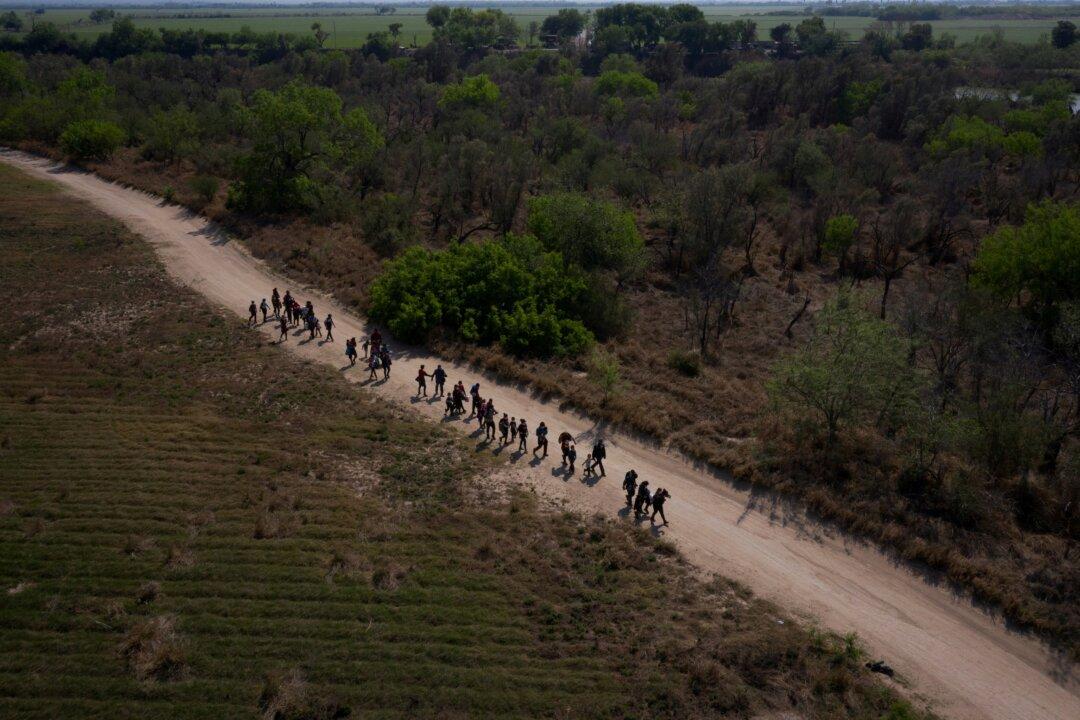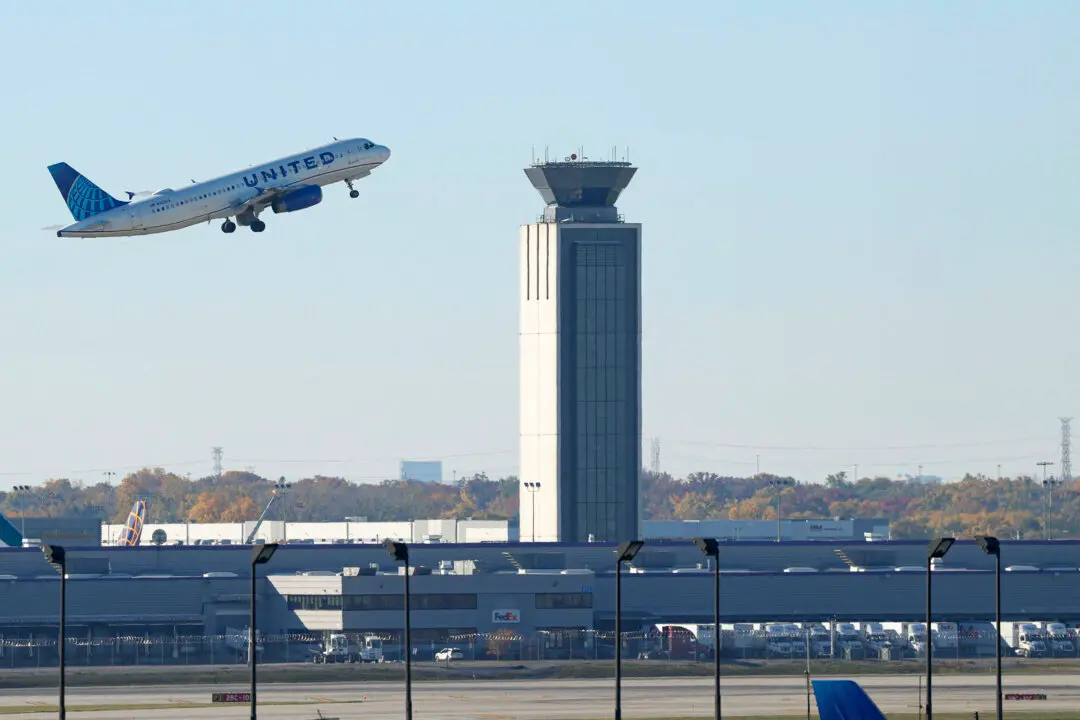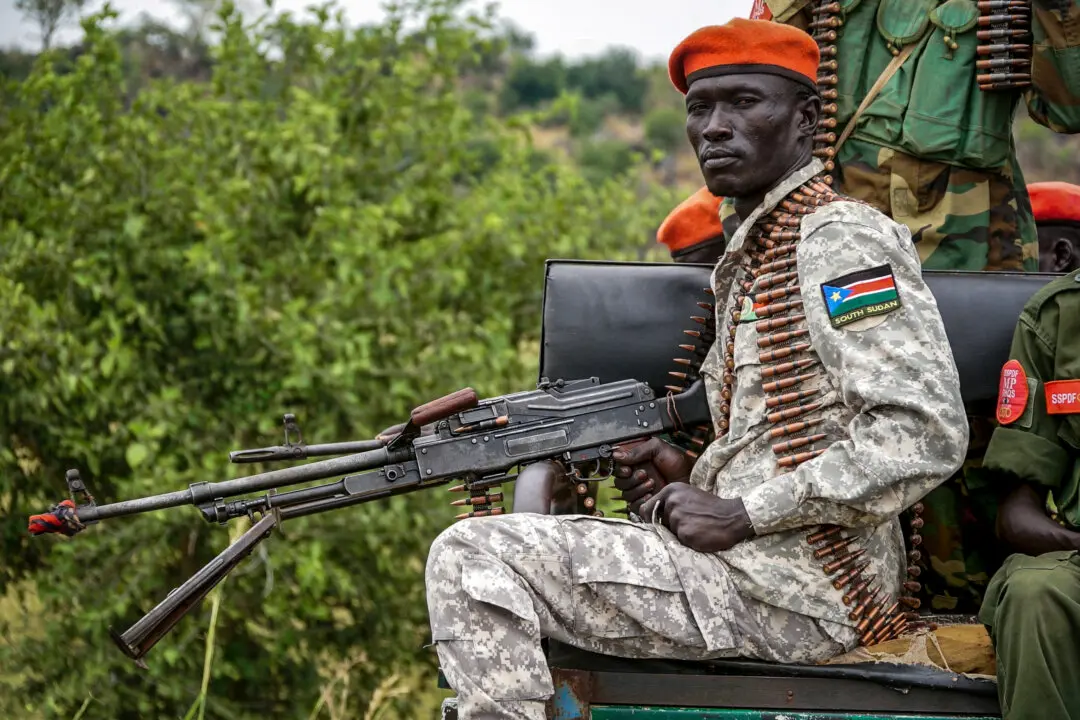The White House has reached a deal with Mexico, Guatemala, and Honduras to potentially stem the flow of illegal immigration into the United States, Biden administration officials said on April 12.
Tyler Moran, special assistant to the president for immigration for the Domestic Policy Council, said on MSNBC that the administration “secured agreements” that would place “more troops on their” respective borders.





